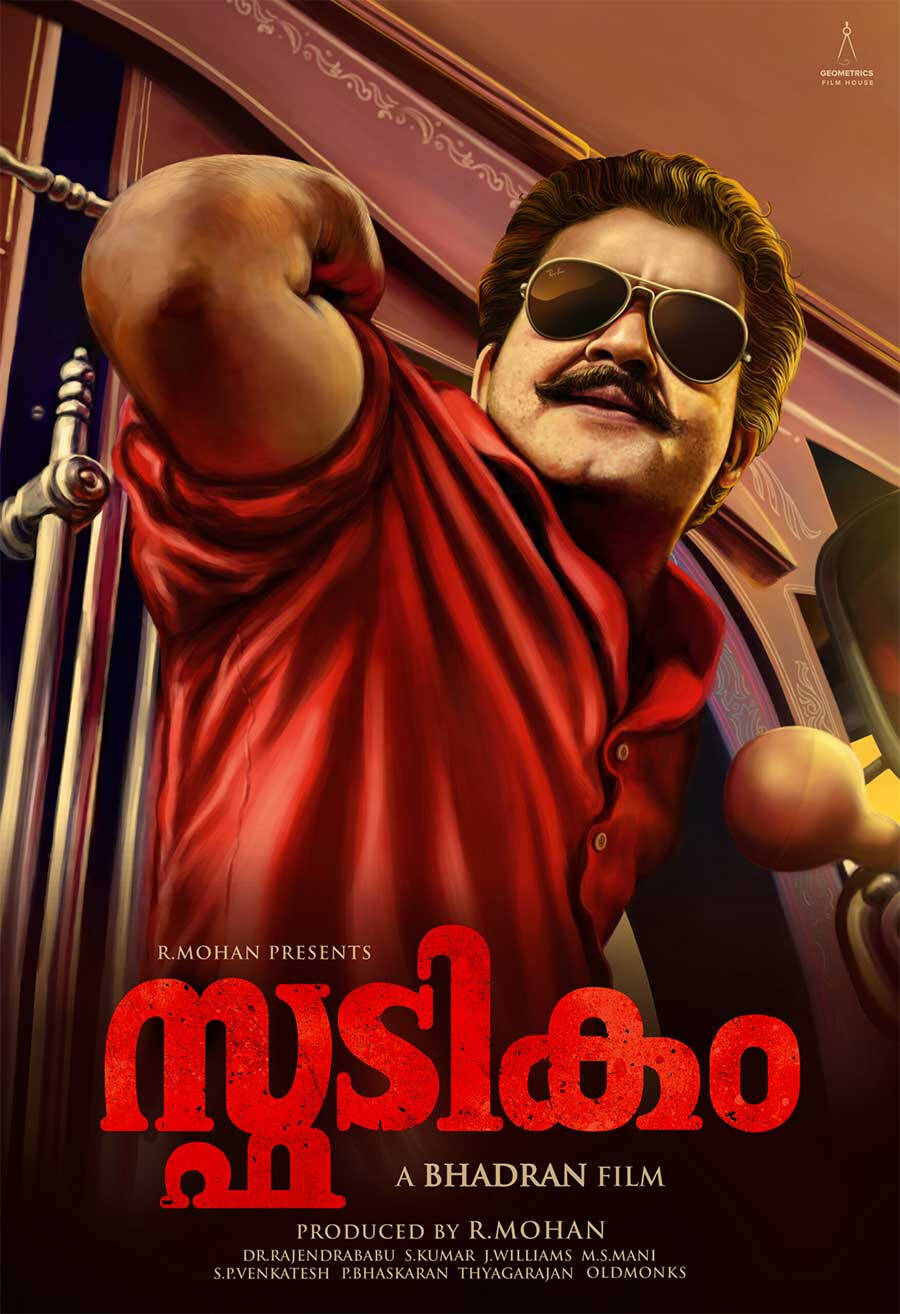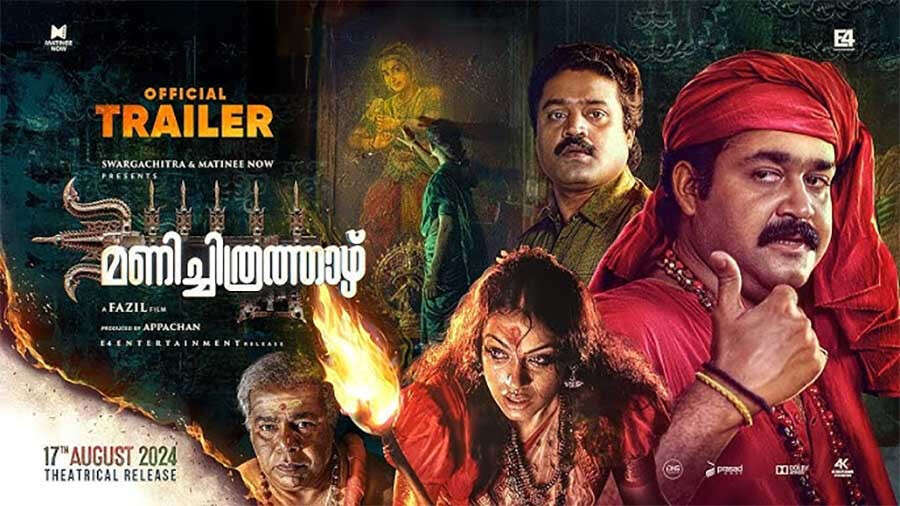This unexpected renaissance has studios racing to the lab, where archivists and colourists painstakingly revive vintage prints, melding nostalgia with modern tech to ensure these films look and sound better than ever. Here, we unpack the whole trend, and what it means for the average cinephile today.
When Nostalgia Becomes Profit
The Art and Cost of 4K Remastering
Preservation vs Practicality
Beyond Malayalam Borders
The Road Ahead: Cult Classics Next in Line
When Nostalgia Becomes Profit
Producers have discovered that nostalgia is indeed bankable. Even Devadoothan, which enjoyed only modest acclaim during its December 2000 debut, soared on its second outing, buoyed by word-of-mouth and fresh marketing. The economics are simple: a lean remastering budget against guaranteed footfalls from die-hard fans and curious youngsters. Add the novelty of premium audio systems and larger-than-life screensl; and the re-releases transform into event cinema, complete with packed matinees and celebratory Q&A sessions.
According to Ormax Media, Malayalam’s share of India’s box office climbed from about 5 percent in 2023 to 15 percent by between 2024 and 2025, driven partly by re-release spikes alongside fresh hits like L2: Empuraan and Thudarum. All of which begs the question: what does it actually cost to bring these memories back? Let’s step into the lab.

The Art and Cost of 4K Remastering
Behind every gleaming frame lies months of meticulous work and a price tag that can reach up to ₹30 lakh. When pristine original negatives survive, labs can scan and colour-correct at a relatively modest cost. The 4K restoration of Spadikam was handled by Four Frames Studio in Chennai at a reported cost of around Rs 2 crore, significantly above the Rs 30 lakh norm, thanks to elaborate colour grading and a full Dolby Atmos remix.
But many treasures have been unfortunately lost to time. Post the 2017 Chennai floods, over 40 Malayalam negatives were lost at Prasad Studio. Restoration houses now recommend dual storage cold vaults plus LTO tape backups to mitigate future disasters. In such cases, technicians fall back on DigiBeta tapes, a stopgap that compromises image fidelity. The 2K DigiBeta masters from the 2000s are raised to 4K via AI-assisted algorithms, though purists note a slight softening effect.
With the source in hand, negative or DigiBeta, the 4K transformation takes three to four months: frame-by-frame cleaning, audio overhaul and the removal of any lacklustre scenes that underwhelmed in the film’s first run. Typical 4K restoration runs 12–16 weeks: 50–70 days of scanning and cleaning, followed by up to 30 days of colour grading and up to 20 days for audio mixing into ATMOS or 7.1 formats.
Preservation vs Practicality
Yet, the re-release boom raises critical questions about film heritage. The loss of original negatives, whether to natural calamities or neglect, underscores the fragility of celluloid archives. Restoration houses in Chennai and Mumbai are now racing against time to salvage what remains. Industry insiders emphasize that a robust climate-controlled vault system is long overdue for Malayalam cinema, lest we consign more classics to deterioration. Until then, DigiBeta backups keep the legacy alive, even if at the expense of some visual sparkle.

Beyond Malayalam Borders
Interestingly, the remastering craze isn’t confined to Mollywood as many fan favourites across other linguistic film industries are quietly undergoing similar overhauls. This cross-pollination reflects a growing appetite for heritage cinema nationwide, one that celebrates not just regional pride but the craft of filmmaking itself.
The Road Ahead: Cult Classics Next in Line
Studios and rights holders are already eyeing titles for the next wave. Films like Udayananu Tharam and Suresh Gopi’s action-thriller Commissioner are queued up for 4K makeovers. Whispered possibilities include Sibi Malayil’s Kireedam, whose missing negatives pose a thorny challenge; the multi-starrer action spectacle Twenty:20, Mohanlal’s Devasuram and Thenmavin Kombathu; Kunchacko Boban’s Priyam; and the family masterpiece Manassinakkare, among many others, which could gain a second life with modern sound design. Producers concede that each project demands a tailored approach balancing artistic integrity, technical feasibility and, above all, audience expectation.
Malayalam audiences have made one thing abundantly clear: cinematic memories are worth preserving, even if it means spending months and lakhs to polish them anew. As theatres fill up with cheers and applause for on-screen heroes from decades past, the re-release trend reminds us that good storytelling transcends time. In the digital age, these theatrical revivals stand as a testament to the enduring power of a communal theatre experience and the industry’s savvy gamble that nostalgia, when remastered right, is a box-office blockbuster waiting to happen.
Also Read: Photos: Allu Arjun’s Best Photos With Daughter Allu Arha

